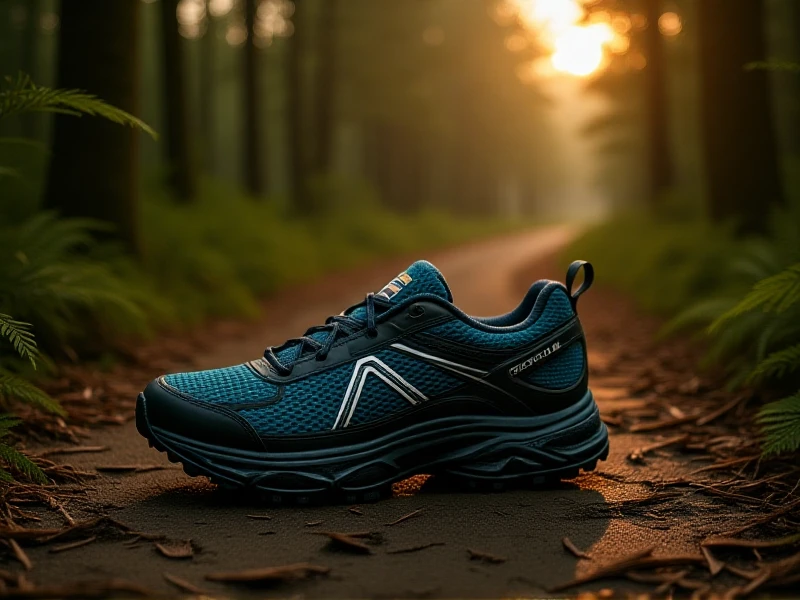
The Critical Importance of Cushioning: Protecting Your Body and Your Belongings
Cushioning isn't just about comfort; it's a fundamental element of protection woven into countless aspects of our daily lives. From the soles of our shoes absorbing the impact of each step to the delicate foam safeguarding fragile electronics during shipping, effective cushioning acts as a vital shield against shocks, vibrations, and wear.
At its core, cushioning involves materials designed to deform under pressure, absorbing and dispersing kinetic energy before it can cause damage. This shock absorption is crucial. Think of your favorite running shoes. Without high-quality midsole cushioning, the repeated impact forces travel relentlessly through your joints – ankles, knees, hips, spine – potentially leading to pain and long-term injury. Superior cushioning transforms that jarring impact into a smoother, more manageable force, enhancing comfort and safeguarding joint health.
The need for protective cushioning extends far beyond athletic performance:
- Home & Office: Plush seats and supportive furniture cushioning provide ergonomic support, reducing pressure points and preventing fatigue during long periods of sitting. Mattresses with adequate cushioning layers distribute body weight evenly, promoting restful sleep.
- Product Packaging: This is where cushioning truly shines defensively. Foam inserts, air pillows, bubble wrap, and molded pulp specifically engineered for impact protection create a safe cocoon around delicate items. They prevent movement, absorb shocks during transit drops, and minimize vibrations that could damage sensitive components. Reliable packaging cushioning is the unsung hero ensuring your online purchases arrive intact.
- Electronics & Appliances: Protective cases with impact-resistant cushioning (like silicone or specialized thermoplastic urethane) guard smartphones and tablets against accidental drops and bumps. Internal cushioning in appliances dampens operational vibrations, reducing noise and preventing components from loosening.
- Specialized Applications: Anti-vibration cushioning is critical in machinery mounts, sensitive lab equipment, and even within vehicles to dampen engine noise and road vibration. Orthotics utilize supportive cushioning to correct gait and relieve foot pain. Protective gear like helmets and pads rely heavily on energy-absorbing foam cushioning to mitigate forces during impacts.
Choosing the right type of cushioning depends heavily on its intended function. Materials range from resilient memory foam and urethane foams to gels, elastomers, springs, and specialized synthetics. Foam cushioning offers versatile padding against physical injury and damage, while gel cushioning is often sought for superior pressure distribution. Durability, compression set (how well it recovers), temperature sensitivity, and density are key factors.
Ultimately, effective cushioning is an investment in protection. It cushions life’s daily jolts – both literally and figuratively. Whether it’s safeguarding your body from impact, protecting valuable items in transit, or ensuring the smooth, quiet operation of equipment, superior cushioning is the hidden barrier making modern life safer, more comfortable, and less prone to disruption. Don’t underestimate its role – demand innovation in cushioning for everything that matters. Do you have the right cushioning where it counts?